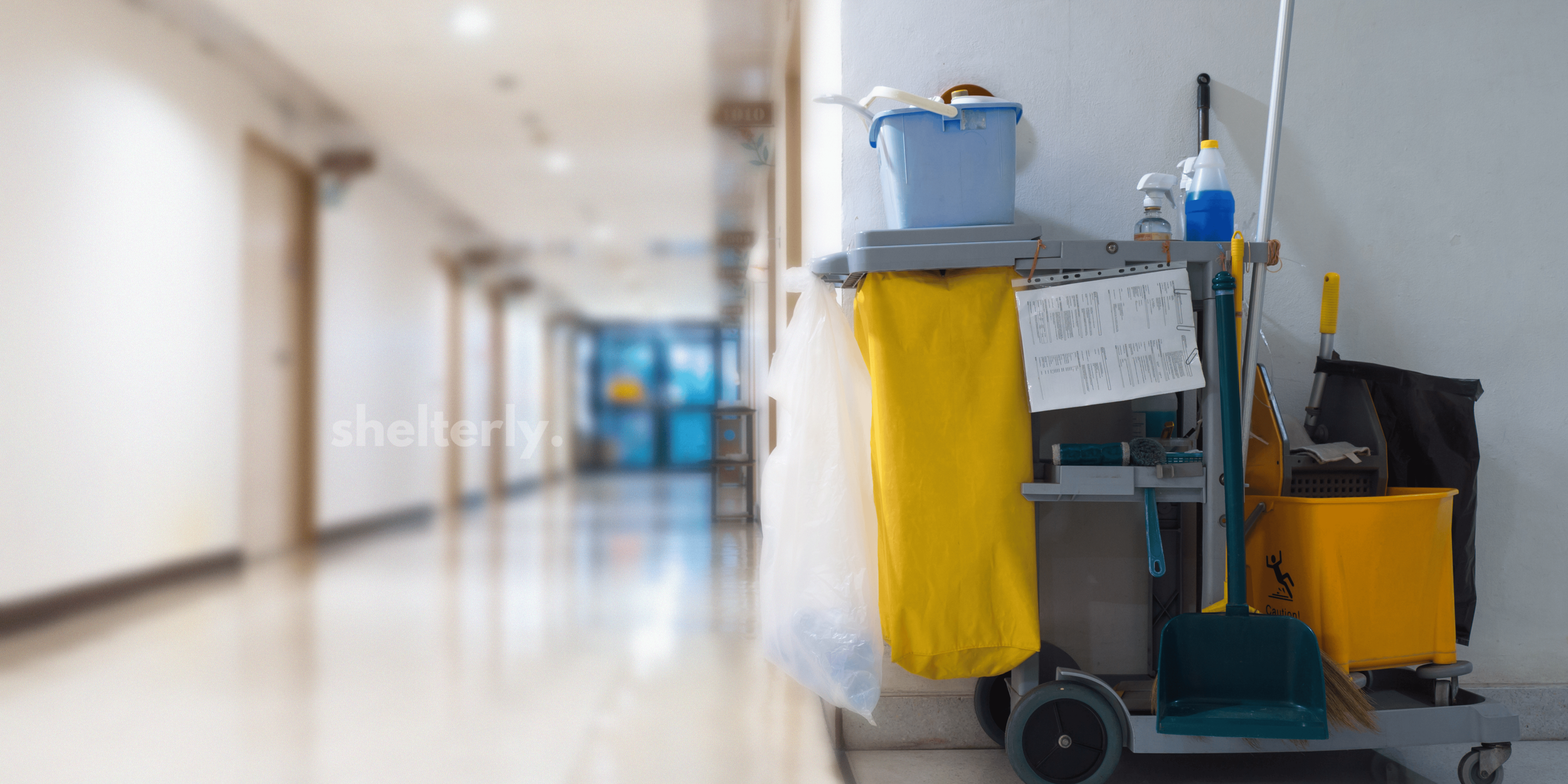
"Janitorial staff: the quiet ninjas of cleanliness, fighting grime and chaos with a mop in one hand and a mission to make the world shine."
JANITORIAL SERVICES
Keeping a shelter clean on an ongoing basis requires a combination of regular cleaning schedules, proper hygiene practices, staff training, and the involvement of residents. Here are some key strategies:
Establish Cleaning Protocols: Develop comprehensive cleaning protocols outlining tasks, frequencies, and responsibilities for staff and residents. Assign specific cleaning duties for common areas, bathrooms, sleeping quarters, and other spaces within the shelter.
Regular Cleaning Schedules: Implement daily, weekly, and monthly cleaning schedules to ensure that all areas of the shelter are routinely cleaned and maintained. Schedule deep cleaning sessions as needed for thorough sanitization.
Provide Cleaning Supplies: Ensure that the shelter is well-stocked with cleaning supplies, including disinfectants, mops, brooms, vacuum cleaners, gloves, and trash bags. Encourage residents to use these supplies responsibly and provide training on proper cleaning techniques.
Promote Personal Hygiene: Educate residents about the importance of personal hygiene and cleanliness in preventing the spread of illnesses. Provide access to hygiene facilities, such as showers, sinks, and toilets, and supply toiletries like soap, shampoo, and toothpaste.
Enforce Rules and Guidelines: Establish clear rules and guidelines regarding cleanliness and hygiene expectations for residents. Enforce these rules consistently to maintain a clean and safe environment for everyone.
Encourage Resident Involvement: Foster a sense of ownership and responsibility among shelter residents by involving them in cleaning efforts. Organize group cleaning activities or designate residents to assist with specific tasks on a rotational basis.
Regular Inspections: Conduct regular inspections of the shelter to assess cleanliness and identify areas that require attention. Address any maintenance issues or cleanliness concerns promptly to prevent them from escalating.
Staff Training and Supervision: Provide staff members with training on cleaning procedures, sanitation protocols, and safety measures. Assign staff members to supervise cleaning activities and ensure compliance with established standards.
By implementing these strategies and fostering a culture of cleanliness and cooperation, shelters can maintain a clean and hygienic environment that promotes the health and well-being of residents.

We work extremely hard for our clients.
We all have one thing in common. We love people and we love real estate. Together, we all








